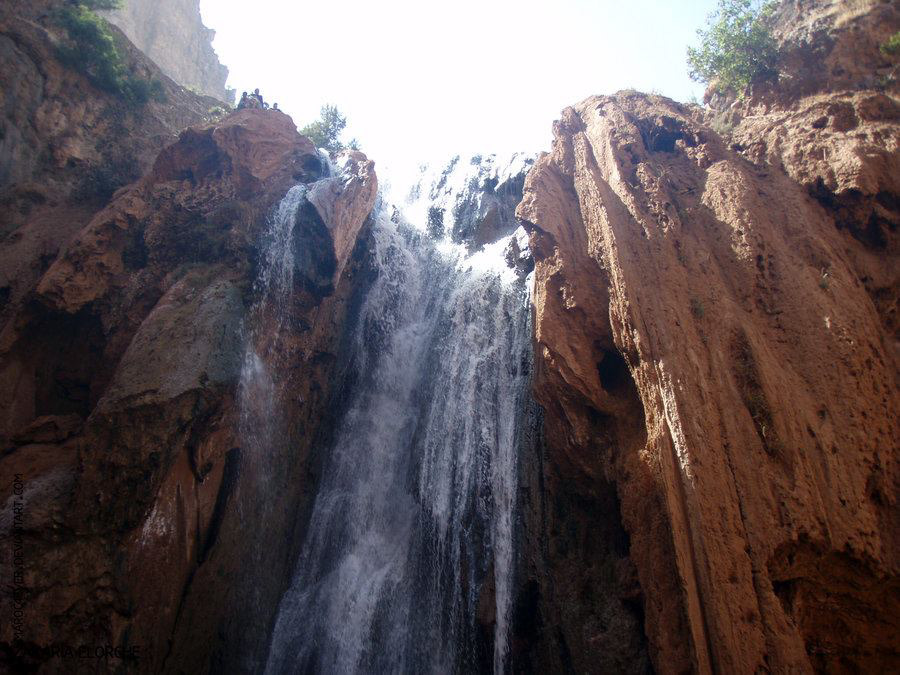Dominated by the Atlas Mountains, which rises to over 4000 m and ends in the desert, Morocco's geographical location gives it a privileged place among the countries of the Great Maghreb.
On the territory of 710,852 km2, or colors, reliefs reveal striking contrasts, landscapes are characterized by great diversity.
Indeed, the presence of the Atlas Mountains, which acts as a barrier and filter change.
Morocco has two mountain ranges: the Atlas, Middle Atlas divided into north, central High Atlas and Anti-Atlas to the south and the Rif Mountains, part of the Betic Cordillera system and facing the Mediterranean . The highlight of Morocco (and North Africa) is the Jebel Toubkal, which rises to 4167 m. As for the Rif, the cumin to 2 450 m with the Djebel Tidirhine. Dades Valley and Todra to the south and the valley of Ait Bougmez are among the most beautiful.
The Atlantic Ocean and the Mediterranean are spread over 3500 km of coast at the port of Tangier on the Strait of Gibraltar and the ocean draws a line going to Dakhla.
Tumultuous and punctuated by the ocean waves is a surfer's paradise
Between the Atlantic Ocean and the Atlas, a constellation of Plains relatively high fertility is what is sometimes referred to as "useful Morocco".
South and east of the Atlas Mountains, the desert begins oasis dotted with green interspersed with dunes and canyons.
The omnipresence of the desert and poverty of the land allow only sparse human settlement. to the east, the population more readily organized around wadis (rivers periodically dried and partially) as the Draa and Ziz while in the south where even in the Far East Moroccan oases are really like Sahara (Guelmim, Smara, Figuig ... )
On the territory of 710,852 km2, or colors, reliefs reveal striking contrasts, landscapes are characterized by great diversity.
Indeed, the presence of the Atlas Mountains, which acts as a barrier and filter change.
Morocco has two mountain ranges: the Atlas, Middle Atlas divided into north, central High Atlas and Anti-Atlas to the south and the Rif Mountains, part of the Betic Cordillera system and facing the Mediterranean . The highlight of Morocco (and North Africa) is the Jebel Toubkal, which rises to 4167 m. As for the Rif, the cumin to 2 450 m with the Djebel Tidirhine. Dades Valley and Todra to the south and the valley of Ait Bougmez are among the most beautiful.
The Atlantic Ocean and the Mediterranean are spread over 3500 km of coast at the port of Tangier on the Strait of Gibraltar and the ocean draws a line going to Dakhla.
Tumultuous and punctuated by the ocean waves is a surfer's paradise
Between the Atlantic Ocean and the Atlas, a constellation of Plains relatively high fertility is what is sometimes referred to as "useful Morocco".
South and east of the Atlas Mountains, the desert begins oasis dotted with green interspersed with dunes and canyons.
The omnipresence of the desert and poverty of the land allow only sparse human settlement. to the east, the population more readily organized around wadis (rivers periodically dried and partially) as the Draa and Ziz while in the south where even in the Far East Moroccan oases are really like Sahara (Guelmim, Smara, Figuig ... )










